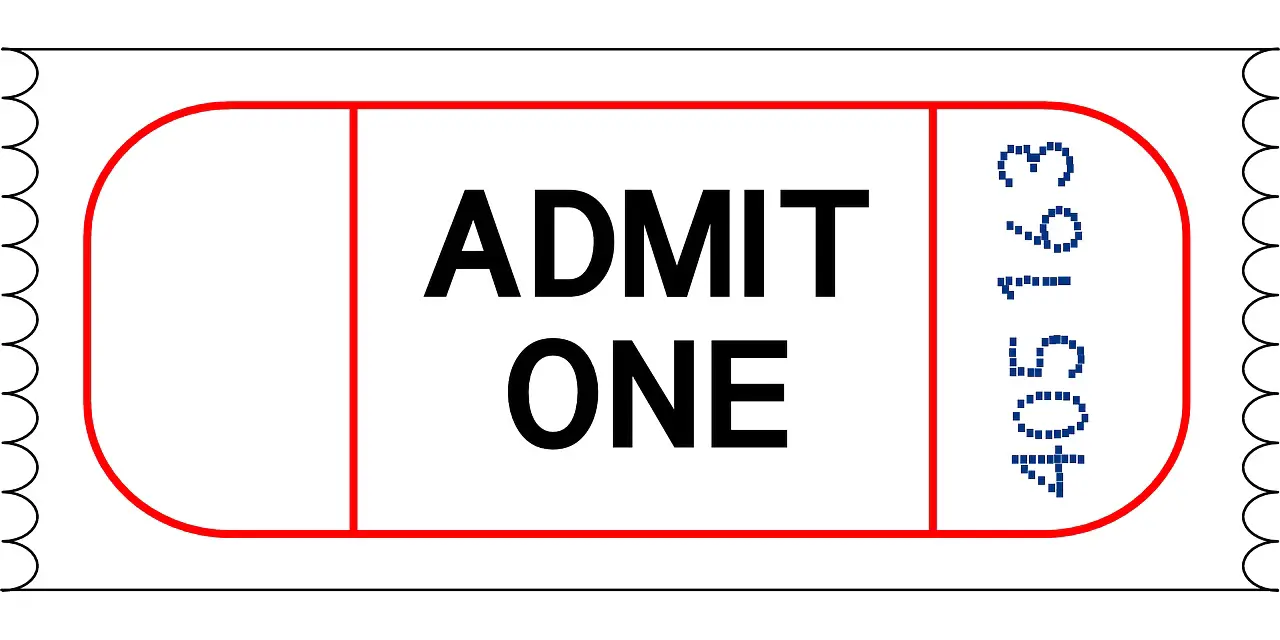
At some point in our careers, we all make ridiculous report errors. In fact, I know several radiologists that collect and sort several of these “oopsies” in the hopes that one day they will create the book of their dreams. However, some of these mistakes can feel embarrassing if you are the radiologist writing the report. Worse than that, sometimes your referring clinician or patient will call you on it. It could be a simple error like an obscene typo. (the substitution of the word “fecal” for “fetus”!) Or, it could be a detail you would have never thought to mention but your clinician wanted to know. (He asked to rule out sphenoid sinus disease, and you forgot to mention the sphenoid!) Ultimately, these mistakes go on record for all the patients and clinicians. So, how do you deal with these unfortunate miscalculations? And what do you tell the clinician? As you can tell, we will answer these questions as we dedicate this post to the delicate unforeseen “oopsie” and subsequent attempt to recover your dignity!
The Three-Step Process When You Make An Error
Make A Quick Addendum
First off, luckily, you have discovered the error in the report. Perhaps, you read the old dictation or received a phone call from the secretary. Unfortunately, however, you often make the discovery a long time after signing it off. So, what do you do? Issue an addendum as soon as possible! In most clinical practices, addendums from voice recognition technology software typically get faxed to the clinician, just like the initial report. In this situation, the clinician will receive the addendum with the rest of the dictations for the day.
Guide The Doctor To The Correct Report And Follow-Up
However, issuing an addendum is not enough. Often, the clinician will not expect the fax you give as an addendum. Bottom line: it might not get read. And sometimes, the undiscovered “oopsie” may lead to inadequate follow-up, insurance problems, patient anger, or other subsequent clinical issues. Therefore, the rules of mutual respect obligate you to contact your referring physician directly by phone or in person, if possible. It’s a horrible phone call, but you must close the loop.
Profusely Apologize For The Error
Although a touchy subject, I would recommend apologizing to the clinician (or patient if necessary) for the error. More importantly, let the receiver of the error know that you have made amends by changing the report and following up with the report recommendations. Most clinicians will appreciate your effort to correct the issue with the dictation.
Can You Recover Your Dignity From An Error?
Unfortunately, I can’t give you a better answer than it depends. For ages, some may refer to you as the clinician who added a ridiculous mistake to their patient’s report, potentially giving you an unwarranted reputation. On the other hand, others will realize that you made the error as a “one-off” and will quickly forget. Regardless, we need to negotiate these pitfalls as the hazards of our profession. And most importantly, we are more likely to garner respect from our colleagues by dealing with the consequences of the “oopsie” head-on rather than lurking in the shadows, hoping the error will go away one day. So, don’t just ignore the error, so you don’t draw its attention. Instead, own your mistakes before they own you!














